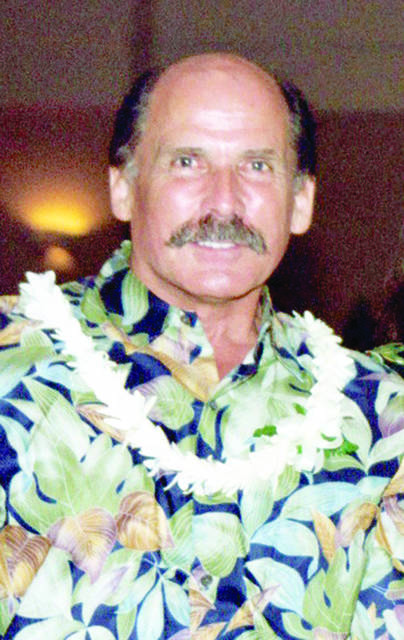Places and people from the past often survive through personal memory, sites, objects, community effort or by pure chance, all of which remind one of the importance of history as the foundation of our daily lives. I had the privilege of working with Miss Mabel Wilcox at her Grove Farm home and was mentored by her about preservation and her memories of Kauai.
Koloa’s history is permanently documented in its name — Hawaiian for “Long Sugar.” It is the site of the first successful commercial sugar company in the Kingdom of Hawaii. Koloa still preserves its history in the old sugar mill smoke stack at the main intersection of the town, across from the historic town streetscape, preserving the buildings and scale of over 100 years ago.
Scattered throughout the community are pockets of historical life that still survive, including the Smith/Waterhouse family graveyard and, of course, the historic churches which affected so much of Koloa daily life.
Even the last operating sugar mill landmark remains in its ghostly form on the outskirts of Koloa, which still reminds one of the scale of operations, and guided more of that daily life, from waking up the town with its mill whistle, then echoing lunch break and, finally, pau hana at the end of the work day.
Still surviving are the luna (supervisor) houses on Wailaau Road, which in their plantation days featured a large horse stable at the bottom of the road, from which stable boys walked horses to the different houses on the road for the luna to ride into the fields to begin the day’s supervision.
Across Maluhia Road from Wailaau Road is the Koloa Cemetery, which documents the various cultures who came to Koloa to add their expertise and efforts to the success of Koloa Plantation’s sugar farming. With the transition to steam power during the Industrial Revolution, a large number of Germans arrived on island plantations to manage the newly invented steam milling of sugar, thus replacing animal and water power. Wandering through this graveyard, one is reminded of their lives in Koloa.
Adjacent to the cemetery was a large Norfolk pine on a four-acre piece of land in the center of sugar fields. When I asked Miss Mabel Wilcox why Grove Farm Plantation didn’t take out the tree and plant sugar there, she responded that Queen Emma had planted the tree, and therefore they were protecting it because of its historical association to her.
The Kauai Historical Society was founded in 1914 by people of Miss Mabel’s generation — and older — to identify the importance of protecting these communities, records, letters, maps and most everything included in their histories. In addition to preserving tapa, documents, objects and sites, the society members recorded their reminiscences of Kauai, the native Kauai and Niihau histories, island chants, hula legends and place names.
Grove Farm Company acquired Koloa Plantation after World War II and undertook a brilliant engineering feat of cutting a tunnel through a mountain to transport sugar cane to its new Koloa mill. This was equally impressive to Koloa Plantation’s creation of the Waita Reservoir in the 1890s to collect water for the irrigation of sugar cane around Koloa.
In 1985, the Koloa community came together to celebrate 150 years of the sugar history of Koloa with the first Koloa Plantation Days. In 2000, the community came together again to celebrate and lament the last sugar harvest after 165 years of providing the heartbeat of Koloa.
History always involves change as well as preservation, but even in change people preserve history in their surroundings, their memories and in their hearts. These are some of the “Landmarks in Time” around Koloa.
•••
Robert Schleck is president of
the board of the Kauai Historical
Society.


